Hitting a workout plateau can be one of the most frustrating aspects of any fitness journey. You put in the work, maintain your schedule, and yet you suddenly find yourself no longer progressing. Whether it’s lifting the same weight for weeks, running the same distance without getting faster, or feeling that your body composition has stalled, plateaus are a normal part of the process. The good news is that there are effective strategies you can employ to break through and keep progressing toward your fitness goals.
A workout plateau occurs when your body adapts to the stress you’re putting on it, and it no longer feels challenged enough to change. The key to overcoming a plateau is to mix things up and provide your body with new stimuli to keep it progressing. Here are five proven tips to help you avoid or overcome workout plateaus.
1. Vary Your Workout Routine
One of the main reasons people hit a plateau is that they stick with the same workout routine for too long. If your body is accustomed to the same exercises, sets, and repetitions, it stops being challenged, and progress halts. To break free from a plateau, it’s important to introduce variety into your workouts.
Try incorporating different exercises that work the same muscle groups in new ways. For example, if you typically do barbell bench presses, switch to dumbbell presses or push-ups. You can also try different equipment like kettlebells, resistance bands, or even bodyweight exercises. Introducing new movement patterns will stimulate your muscles in different ways and push your body out of its comfort zone.
In addition to changing exercises, vary the structure of your workouts. You can change the number of sets and repetitions, the amount of rest time between sets, or even the order of exercises. These small changes can make a big difference in helping you break through a plateau by surprising your muscles and forcing them to adapt.
2. Implement Progressive Overload
Progressive overload is the principle of gradually increasing the stress placed on your body during exercise to encourage growth and adaptation. If you’ve hit a plateau, it may be because you haven’t been consistently increasing the intensity of your workouts. The body needs to be continuously challenged to make progress.
There are several ways to apply progressive overload. One approach is to increase the weight you’re lifting. Even adding as little as 2.5 to 5 pounds can make a difference. Another method is to increase the number of repetitions or sets you perform. You can also try decreasing your rest periods, which will make your workouts more challenging.
If you’re working on cardiovascular fitness, try increasing the duration or intensity of your workouts. For instance, add incline to your treadmill run or increase the resistance on the stationary bike. The key is to make gradual, consistent changes that challenge your body to adapt and grow stronger.
3. Incorporate High-Intensity Interval Training (HIIT)
High-Intensity Interval Training (HIIT) is an excellent way to break through a plateau and boost your fitness level. HIIT involves alternating short bursts of intense exercise with periods of rest or low-intensity activity. This type of training can increase your cardiovascular fitness, improve endurance, and help burn fat more efficiently.
HIIT can be added to almost any workout. For example, if you’re used to steady-state cardio, try incorporating short sprints every few minutes. If you’re strength training, you can add plyometric movements like jump squats or burpees between sets. HIIT forces your body to work harder and adapt to new challenges, which can help you overcome a plateau.
HIIT workouts are not only effective at breaking plateaus but also efficient, as they can be done in a shorter amount of time compared to traditional workouts. Even 20-30 minutes of HIIT, done 1-2 times per week, can lead to noticeable improvements in your fitness level.
4. Focus on Nutrition and Recovery
Your workout performance and progress are not just about what you do in the gym—they’re also heavily influenced by your nutrition and recovery practices. If you’ve hit a plateau, it may be time to take a closer look at your diet and ensure that you’re fueling your body properly.
To support muscle growth and recovery, make sure you’re consuming enough protein. Protein provides the building blocks your muscles need to repair and grow stronger. Carbohydrates are also important, as they replenish glycogen stores and provide energy for your workouts. Healthy fats contribute to hormone production, which can impact your performance and recovery.
In addition to nutrition, pay attention to your sleep and overall recovery. The body repairs itself during sleep, and inadequate rest can lead to fatigue and hinder progress. Aim for 7-9 hours of quality sleep each night. Incorporate active recovery days, such as stretching, yoga, or light walking, to allow your body to heal while still staying active.
5. Set New Goals and Track Your Progress
Sometimes a plateau occurs because you’ve lost focus or motivation. Setting new, specific goals can help reignite your enthusiasm and push you out of a rut. Instead of focusing solely on weight loss or lifting a certain amount, try setting performance-based goals. For example, you could aim to do your first pull-up, run a faster mile, or increase your flexibility enough to touch your toes.
Tracking your progress is also essential. Keep a workout journal where you record the exercises you perform, the weights you lift, the number of sets and reps, and how you feel during and after each workout. Monitoring your progress helps you see how far you’ve come and identify any areas that may need improvement.
It’s also a good idea to change your goals periodically to keep things fresh and exciting. As you reach your goals, set new ones to maintain a sense of accomplishment and purpose. This will help you stay motivated and continue making progress.
Embrace Change and Keep Moving Forward
Plateaus are a normal part of the fitness journey, and everyone experiences them at some point. The important thing is to recognize when you’re in a plateau and take steps to break through it. By varying your routine, applying progressive overload, incorporating HIIT, focusing on nutrition and recovery, and setting new goals, you can overcome any obstacles in your path and continue progressing.
Remember, fitness is a lifelong journey, and progress isn’t always linear. Stay patient, stay consistent, and stay open to change. With the right mindset and strategies, you can overcome any workout plateau and reach new heights in your fitness journey.














